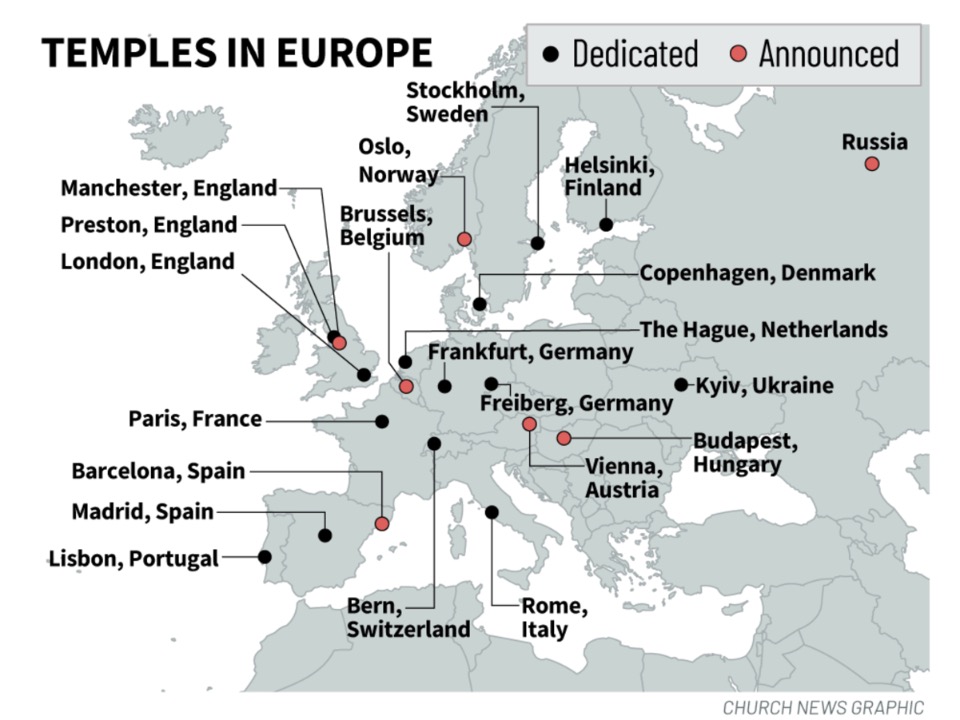
This story appears here courtesy of TheChurchNews.com. It is not for use by other media.
By Scott Taylor, Church News
Editor’s note: This month marks the 175th anniversary of the vanguard company of pioneers arriving in the Salt Lake Valley, in July 1847, after Latter-day Saints were driven by mobs out of the Nauvoo, Illinois, area the preceding year. The Church News this month honors achievements of pioneers crossing the Plains 175 years ago and also of Latter-day Saint pioneers of different times on every continent. Today: A look at the pioneering spirit and experiences that have spanned generations across the European continent.
From the earliest overseas missionary assignments in the late 1830s to establishing roots in new lands at the turn of the 21st century, The Church of Jesus Christ of Latter-day Saints can claim many pioneers over many generations and across Europe’s many countries.
Those pioneers include the first missionaries and the first converts outside their homelands who returned to share the gospel. They include early local leaders and members and the early groups and branches, with some Latter-day Saints remaining faithful in near isolation, wanting and waiting for the Church to grow.
They also include members of the Quorum of the Twelve Apostles in the Church’s infancy during the 1800s. Seven years after the Church was founded, Joseph Smith sent the first overseas missionaries to Britain, with Elders Heber C. Kimball and Orson Hyde leading the initial group of seven; other Apostles would join them not only there but spread out across the European continent — including Orson Hyde to Germany and the Netherlands, Orson Pratt to Austria, and Lorenzo Snow to Italy and Malta.
Early European converts — many who joined the Church in the United States or in other areas outside their native lands — returned as missionaries or members, anxious to share the good news of the gospel with family and friends.
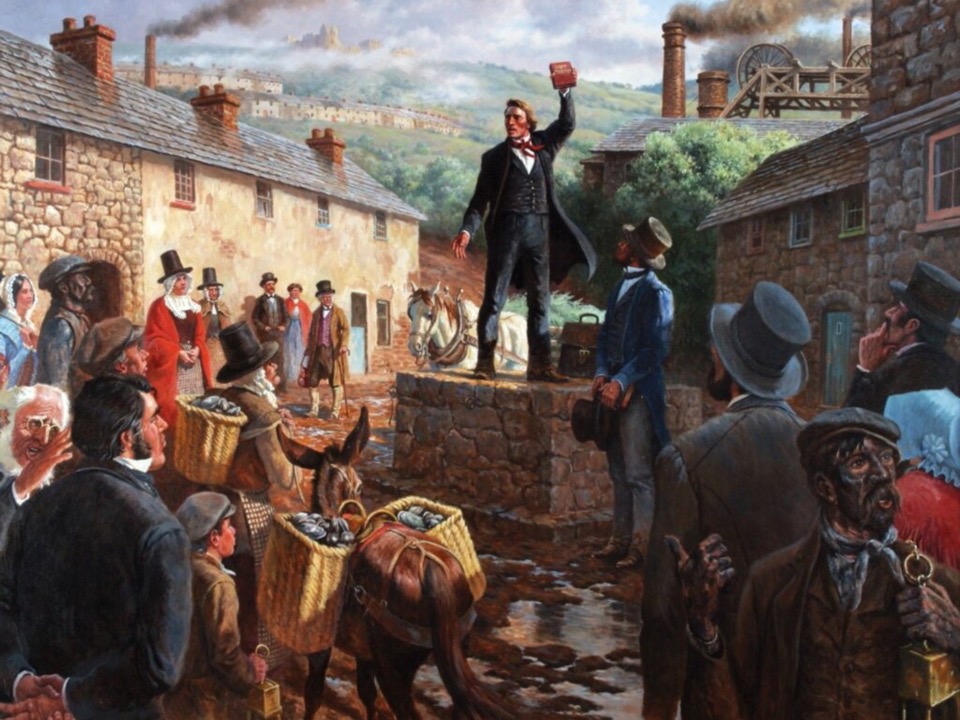
Micha Markow is a prime example of a European pioneer member and missionary, with ties to many lands. Born in 1854 in Hungary of a Serbian father and Romanian mother, he was baptized in Turkey in 1887, preached and converted a family in Belgium on his way to Utah and later served two missions in Europe at the turn of the 1900s — including in modern-day Bulgaria, Croatia, Germany, Hungary, Latvia, Romania, Russia and Serbia.
In some cases, sports and exercise played key roles — like basketball while establishing the Church in the former Yugoslavia and modern-day Croatia, and yoga classes in helping members share the gospel during the 50-year Communist era of the former Czechoslovakia.
The stories of European pioneers over the generations and over the many lands have filled books and reference materials — including the Church’s Global Histories and brief country histories. Below are brief “pioneering” highlights for many of Europe’s nations.
Andorra
When the Andorra Branch was created in August 1993, the handful of Latter-day Saints included Marlize Gomez Lima, the first to be baptized in the country, in April 1992. Previously, members had to travel 84 miles to Lerida, Spain, to attend meetings, and the first branch presidents of Andorra’s small congregation didn’t live within the branch boundaries.
In 1993, religious freedom was granted, with the Church applying for official recognition. Later, Javier Agulced Jerez — baptized in March 1998 with his wife and two daughters — became the first branch president to live in the unit’s boundaries.
Armenia
In 1885, a Mr. Vatooguian and three family members were baptized in Turkey, becoming the first Armenians to join the Church, with the gospel preached to Armenians outside their homeland after that and the Book of Mormon translated into Western Armenian in 1937.
Humanitarian efforts by the Church and its members in Armenia in the 1990s helped pave the way for key Church events — the Book of
Mormon published in Eastern Armenian in 1991; Mikhail Oskar Belousaov was the first man baptized in Armenia and Nara Sarkissian was the first woman baptized, both in 1992; and the organization of the Yerevan Branch in 1994.
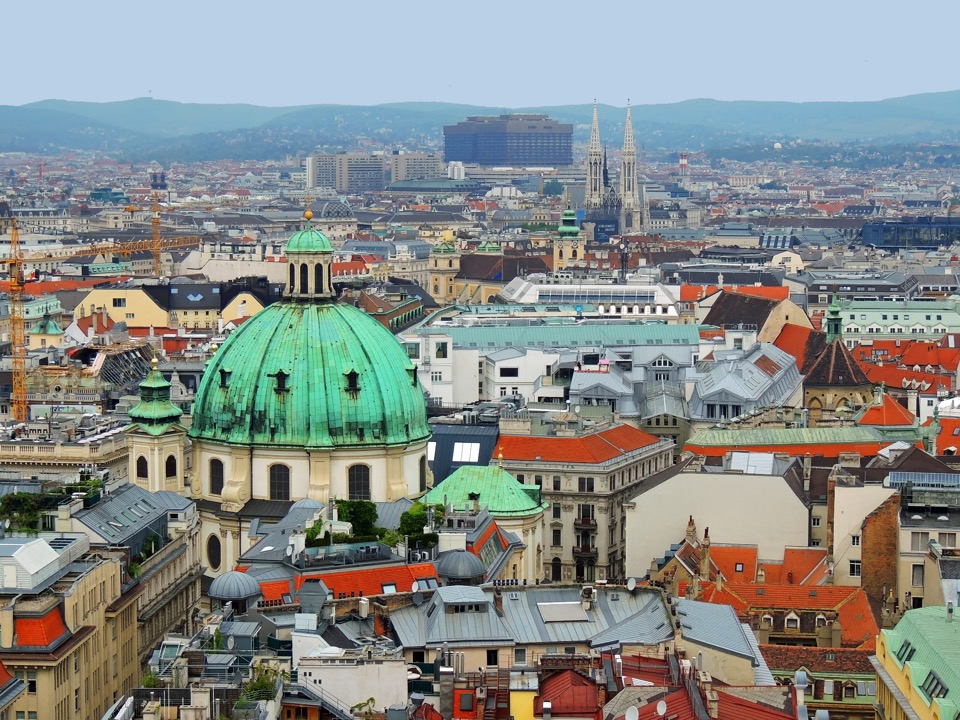
Austria
Although Elder Pratt dedicated Austria for the preaching of the gospel in 1865, it wasn’t until the 1900 baptism of Johann Huber from Haag am Hausruck that the first lasting group of Austrian Saints started.
Despite discontinued congregations during World War I, membership endured through the international depression, Nazi annexation and World War II, with the Church growing substantially in the postwar years, from roughly 200 members during the war to 2,500 by the end of the 1960s.
Belgium
Markow preached in Belgium in 1888 and baptized the Esselman family. Missionaries laboring in Switzerland and Germany were also sent to Belgium, with 80 converts and congregations organized in Liège, Brussels and Antwerp in just two months’ time.
Latter-day Saint missionaries and members in Belgium remained faithful and resilient in the face of opposition and conflict. In 1896, a mob of nearly 500 threatened to kill Elder John Ripplinger in Liège; police dispersed the mob, and the missionary remained in the city and soon baptized 10 people. And during the German occupation of Belgium during World War II, members in six branches remained active.
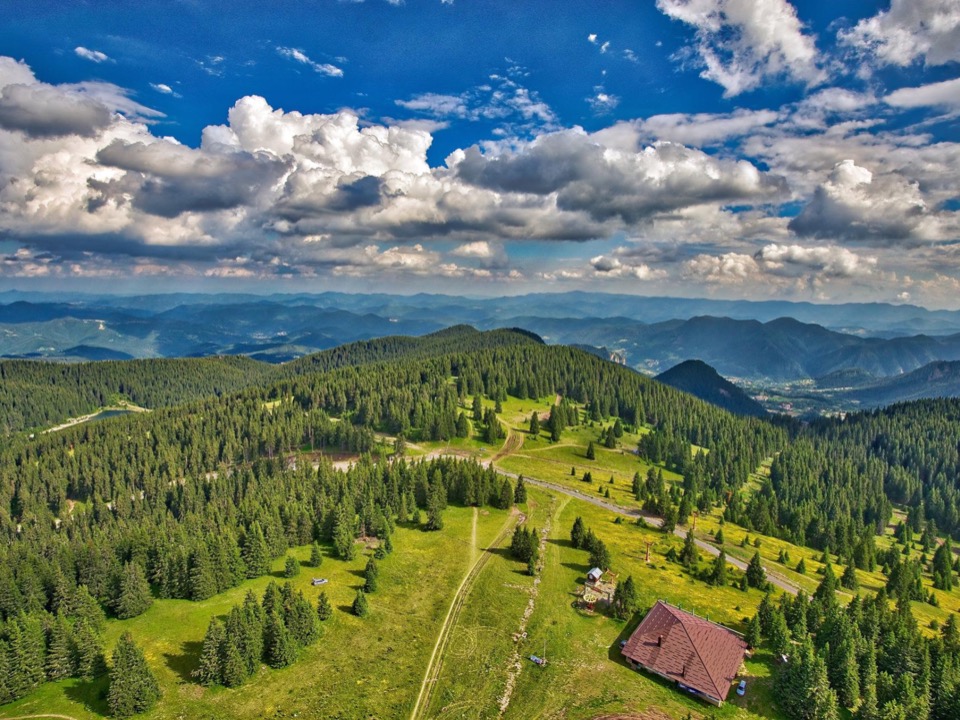
Bulgaria
Markow and Argir Dimitrov first preached without success in Sofia in 1900, while numerous Bulgarians accepted baptism overseas over the following decades.
Discussions started in the late 1980s between Latter-day Saint leaders and government officials to establish the Church there, but it was not officially registered in Bulgaria until the 1990s. In 1991, Nevenka and Kiril Kiria returned to their homeland to preside over the first mission in Bulgaria.
Croatia
Several Croatian converts joining the Church away from their homeland in the early 1900s returned to share the gospel — John Stosich (also known as Janko Stošić), who was baptized in the U.S., preached as a missionary in Zagreb in 1911, while Eviza Arbić Vujiči, who was baptized in Hungary, returned when Yugoslavia became a country in 1918 and stayed faithful despite relative isolation as a member until her death in 1937.
Croatian basketball star Krešimir Ćosić was baptized in 1971 while a student at Brigham Young University, and during his professional career in Croatia, he helped translate the Book of Mormon into Serbo-Croatian and assisted in securing permission for missionaries to enter the country. Croatia’s first organized branch came in 1974, in Ćosić’s hometown of Zadar.
Cyprus
A small group of 20 servicemen and their families at the British Akrotiri Sovereign Base formed the Nicosia Cyprus group. Discontinued in 1969 after the transfer of Latter-day Saint personnel from the base, the group was reestablished in 1971, holding regular meetings for a handful of members as well as participating in interdenominational protestant meetings, some under the direction of Latter-day Saint leaders.
Over the next two decades, several Church members emigrated to Cyprus, full-time missionaries were assigned in 1988 to work in Cyprus, and the Nicosia Cyprus Branch was created in 1989. In February 1992, Georgia Philippou, a 67-year-old Greek Cypriot, was baptized and became the first Cypriot member.
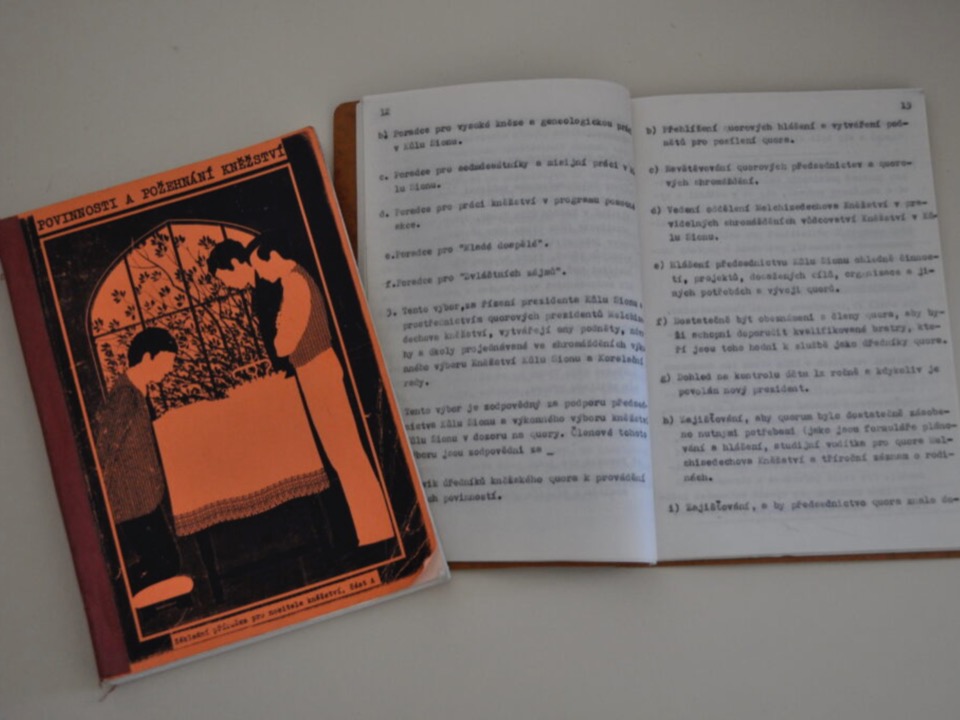
Czech Republic
Thomas Biesinger arrived in Prague in 1884 as the first missionary in what is now the Czech Republic. Arrested for unauthorized preaching, he spent nearly 70 days in prison, but baptized Anthon Just, his only convert, just before leaving the city. He returned in 1928 at age 82, helping the Church gain legal recognition, with the organization of the Czechoslovak Mission soon to follow.
After World War II, the ensuing rise of the Communist Party and the government ban on the Church in 1950, Czech Latter-day Saints remained faithful for five decades, despite not openly practicing their faith but trying to be as creative and frequent as possible in their meetings and associations. That included some members teaching “Christian yoga” classes as a way to share gospel principles — with some 130 people being converted to the Church.
Denmark
Peter Hansen, one of the few Danes who joined the Church during Joseph Smith’s lifetime, began translating the Book of Mormon while working as a night guard at the Nauvoo Temple. He and Elder Erastus Snow of the Quorum of the Twelve Apostles were called in 1849 to open a mission in Scandinavia, with the Copenhagen branch organized soon after their 1850 arrival.
In 1851, the Danish translation of the Book of Mormon became the Church’s first edition printed in a language other than English. And in the 1850s and 1860, Latter-day Saints bound for the American West made up almost half of Denmark’s total emigrants.
Estonia
With the former Soviet Union easing travel restrictions, Valtteri Rötsä traveled in 1989 from Estonia to Finland, met with missionaries and was baptized. He returned and shared the gospel with relatives and friends, with a Church branch soon organized in Tallinn.
In late 1990, Jaanus Silla was called as a missionary — the Church’s first call issued to a Soviet citizen. During his service, Estonia secured its independence, with additional religious freedoms granted to citizens.
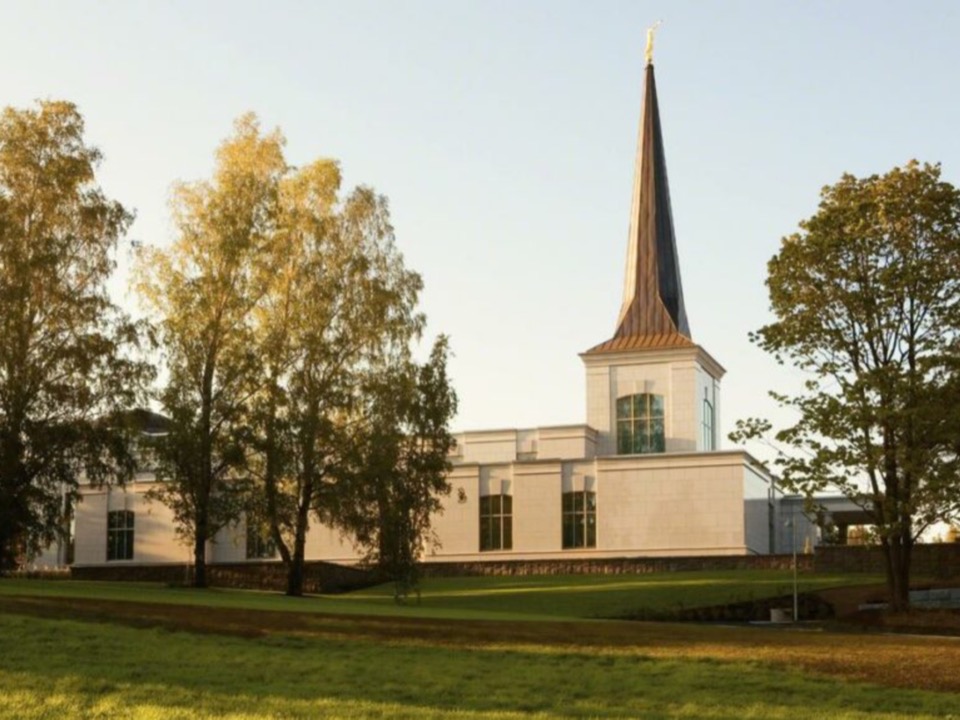
Finland
Latter-day Saint Finns who joined while living abroad in the 1850s and ‘60s petitioned the Church to have missionaries sent to relatives back home. The first were Swedish brothers Carl and Johan Sundström, who arrived from Sweden in 1875 to preach in Vaasa, where the first branch was formed.
But legal and social conditions (Finland was part of the Russian Empire until 1917) and two world wars meant only a couple of branches were organized before the end of World War II. After that, missionaries were assigned to cities throughout the country, with congregations developing and the Book of Mormon published in the Finnish language.
France
Missionaries arrived in France in 1849, and an early convert, Louis Bertrand, led the French Mission until it closed in 1864. Missionaries returned in 1908, but two world wars and economic hardships limited the Church’s presence, with Latter-day Saints like Léon Fargier and Eveline Kleinert helping sustain the Church through World War II.
Post-WWII growth included the benefits of the Bern Switzerland Temple offering instruction and ordinances in French and the translation and publication of Church literature in French.
Georgia
Georgia’s first Latter-day Saints were baptized outside of their homeland in the 1990s — Roman and Nana Amirkhanashvili in Germany, and Vazha Natroshvili in Holland. By the end of the decade, humanitarian missionaries were serving in the country, not able to openly proselyte but to answer questions and talk of the Church.
That resulted in the first in-country converts — the Mamasakhlisi family and an Armenian, Hike Bagdasaryan. But since the Church wasn’t registered in Georiga, they were baptized in September 1999 in Yerevan, Armenia, the closest mission location at the time. The T’blisi Branch was organized in 2002, and by the next year, the first baptisms allowed in Georgia were performed in September 2003.
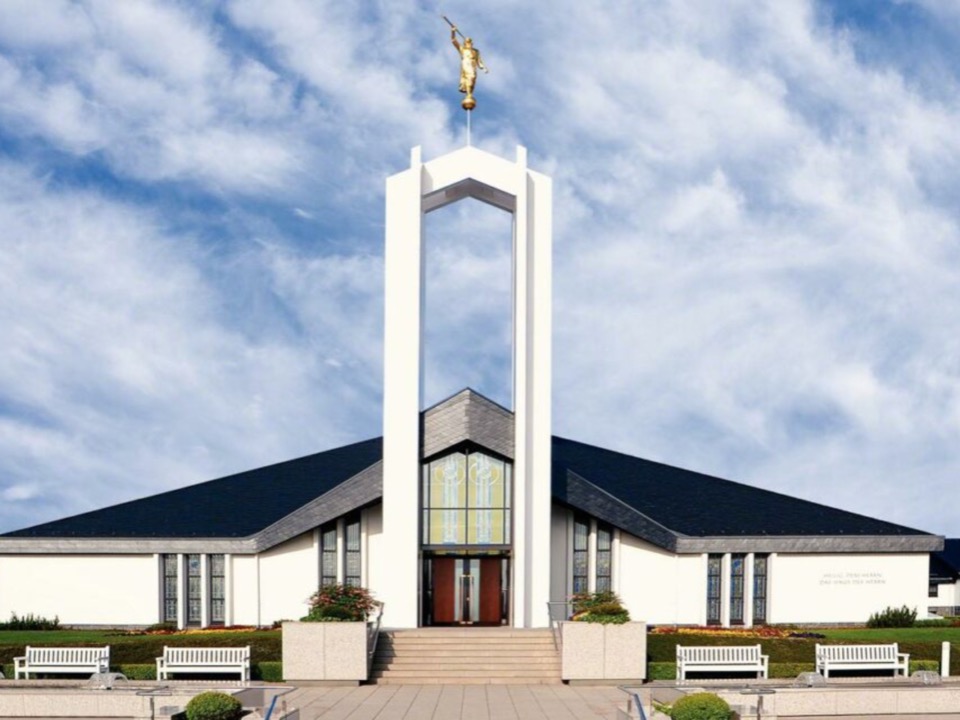
Germany
From 1840 through the early 1850s, Elder Hyde and fellow Apostle Elder John Taylor were among early missionaries in Germany, with a small branch created in Hamburg in 1851 and the Book of Mormon published in German in 1852. While early converts fled harassment in favor of the U.S., Karl G. Maeser, a convert from Dresden, started presiding over the Swiss and German Mission in 1868, calling local members as branch leaders, publishing the Der Stern newspaper for local Saints and helping to establish a more permanent Church presence in the country.
Despite a global depression, two world wars and the division of the nation into East and West, the Church flourished in Germany, with stakes created in both German nations and temples dedicated on each side — Frankfurt in the west and Freiberg in the east — prior to German reunification in 1990.
Greece
Athens printer Rigas Pofantis requested information from the Church in the early 1900s. The president of the mission in Turkey taught Pofantis, who was baptized in 1905.
But it wasn’t until later in the 20th century when growth resulted in the organization of a congregation in Athens in 1965, the establishment of the Greece Athens Mission in 1990, and the construction of the first meetinghouse in 1999.
Hungary
Markow was the first Hungarian citizen to be baptized, in 1887 while residing in Turkey. While returning to his homeland in 1899 to serve a three-year mission, he wasn’t the first Hungarian missionary to serve in Hungary. Elder Mihály Marjalaky (aka Michael Marialaky), who had lived in the U.S. since 1873 and joined the Church in Wyoming, served in his hometown of Debrecen in 1897-98.
Early missionary work was mostly in German; however, meetings, proselyting and baptisms were being done in Hungarian by 1910, just a couple of years before the country withdrew the Church’s recognized status. Seven decades later, 1988 marked the Church receiving official recognition, the missionaries returning and Church meetings and activities resuming.
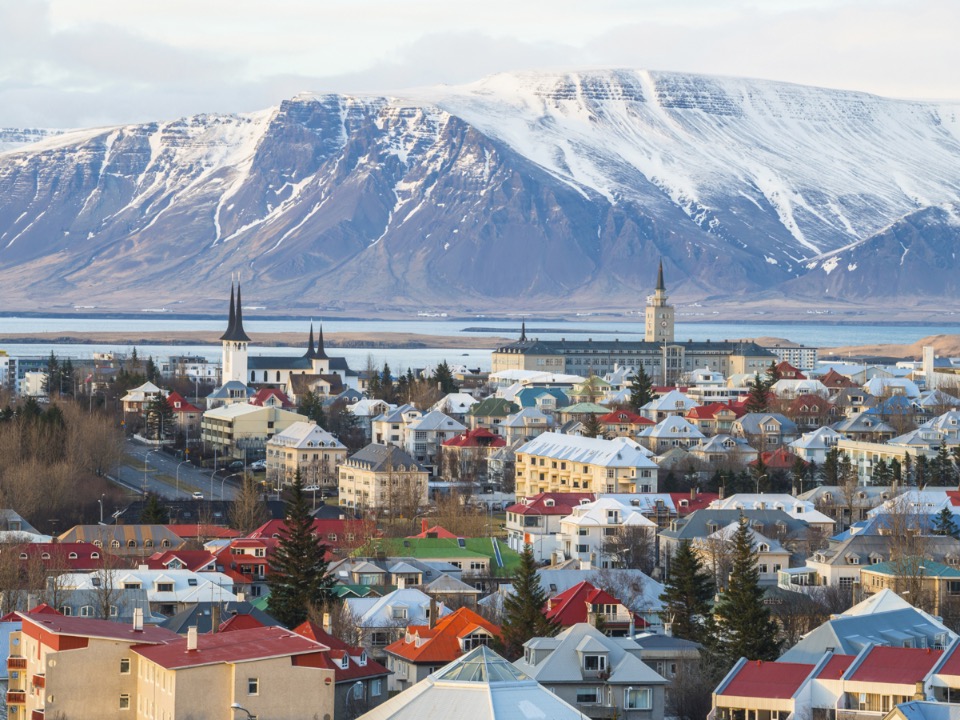
Iceland
The first Latter-day Saint missionaries to preach in Iceland were Guðmundur Guðmundsson and Þórarinn Hafliðason, who returned to their homeland in 1851 after being converted in Denmark. After Hafliðason’s untimely death, Guðmundsson preached alone for almost two years, enduring opposition and organizing a branch in 1853 on the Westman Islands.
The immigration of converts to North America often left Iceland without organized branches, and missionary work was discontinued from World War I through World War II, when the Church’s presence was aided by servicemen stationed near Keflavik. Missionaries from Denmark returned in 1975, a branch was organized in Reykjavik in 1976, and the Book of Mormon was published in Icelandic in 1981.
Ireland
Thomas Tate became the first Church convert in Ireland, baptized near Belfast by an Apostle, Elder Taylor. Ten years later, Edward Sutherland — baptized in London — led a sustained effort to expand the Church beyond Belfast and helped preach the gospel in his hometown of Dublin, with a branch organized there in 1850.
Substantial immigration to the U.S. led to branches closing and reopening over the ensuing decades prior to Ireland gaining its independence in 1922. The Church enjoyed sustained growth following the organization of the Irish Mission in 1962.
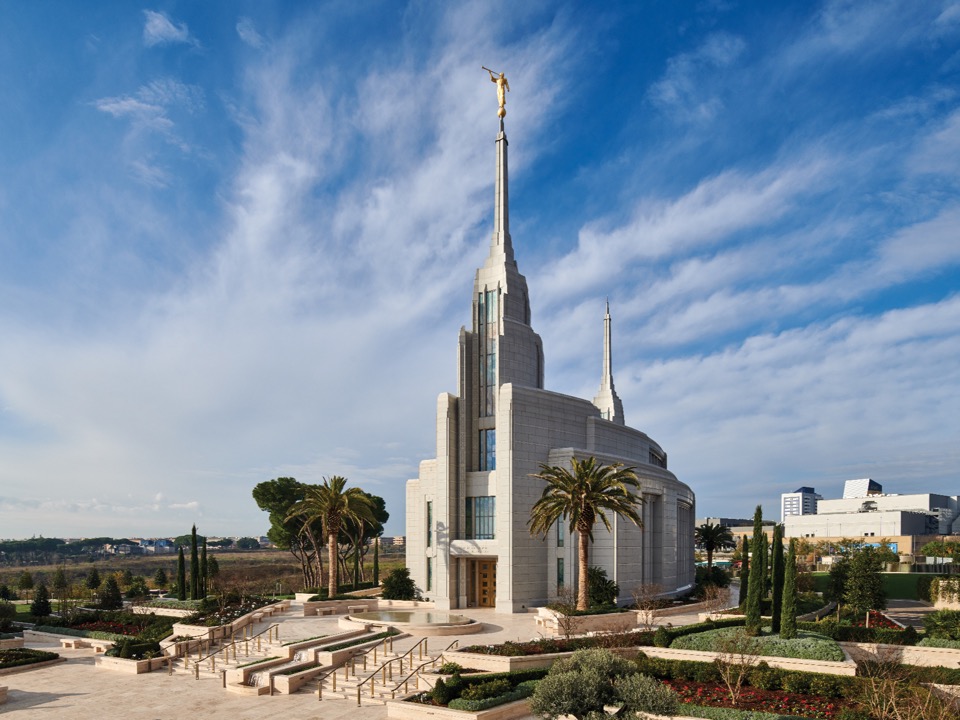
Italy
Baptized in 1843 in Boston, Massachusetts, and believed to be the Church’s first known Italian convert, Joseph Toronto — born Giuseppe Taranto — was one his homeland’s first missionaries when he accompanied Elder Snow and others in 1849. However, the mission was closed in 1867.
In the 1950s, a number of Italians learned of the gospel in other countries and returned home to share it with families, resulting in Italian-speaking branches being formed in Brescia and Palermo. In 1996, nearly a full century after it was closed, the Italian Mission was reestablished, with headquarters based in Rome.
Latvia
While Markow preached the gospel in Rīga in 1903, the Church’s presence in Lavia began in 1992 — when recent converts Gvido and Velga Senkāns moved from Moscow back to Riga in 1992. That year, the missionaries followed, and Latvia’s first branch was organized.
Additional Latvian- and Russian-speaking branches followed, with the Book of Mormon published in Latvian in 2001.
Lithuania
In 1907, Latter-day Saints first preached in what is modern-day Lithuania (Klaipėda, then Meme, Germany), with a branch established in 1909. But contact was lost during World War II, and the country became part of the former Soviet Union.
In the late 1980s, a number of Lithuanians who had been baptized in other countries returned home, with full-time missionaries assigned to Lithuania in late 1992, after the country regained independence.
Malta
Elder Snow and Jabez Woodward arrived on Malta from Italy in February 1852, with Ferndinanda Seiapati and Jean Alais Frouche the first baptized on the island. A small branch was soon organized, comprised mostly of British military personnel; however, military officers threatened loss of rank or punishment for involvement, with many remaining faithful but others falling away. Many branch members left in 1854 to serve in the Crimean War, with “mobile branches” for those serving at war.
But the Malta branch was dissolved with no official Church presence until Latter-day Saints returned — primarily again with the British military — and held group meetings in the 1960s and ’70s. Emanuele D’Emanuele was the first Malta native to serve as branch president, called in 1991.
Moldova
With open travel available after the fall of the Soviet Union, early Moldovan Latter-day Saints joined the Church away from their homeland in the mid-1990s — Vitalii Volosin in Russia, Sylvia Vacarcius in Ukraine and Lilia Carasciuc in California. About the same time, a handful of Latter-day Saints living in Moldova began meeting for weekly worship.
Full-time missionaries — unable to openly proselyte, instead offered service and taught when asked or referred to by members — arrived in Chisinau in 1997, with five people baptized later that year and a branch organized.
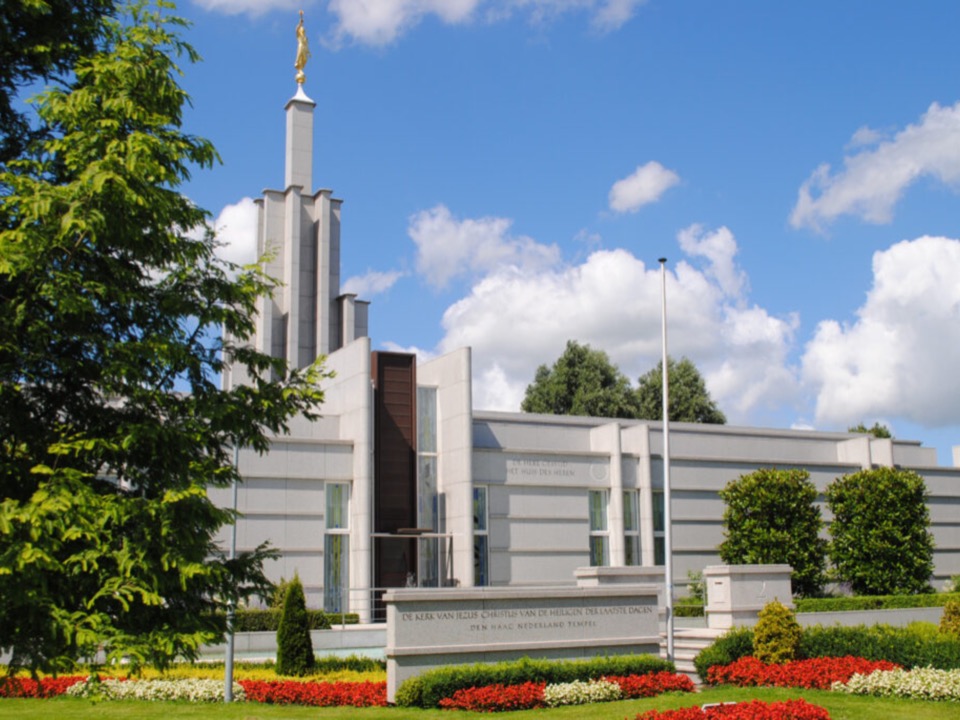
Netherlands
Elder Hyde visited Jewish communities in Amsterdam, Rotterdam and the Hague in 1841, but missionaries in 1861 baptized the first Dutch converts. While many early converts immigrated to the western U.S., some returned to the Netherlands to preach the gospel. The 1890 publication of the Book of Mormon in Dutch led to unprecedented growth.
The Church and its members in the Netherlands endured two world wars and limited contact with Church headquarters; several future local Church leaders were converted in a German prisoner-of-war camp. And the Holland Stake — the Church’s first in continental Europe — was organized in 1961.
Norway
Norwegians who joined the Church in the U.S. were in the first pioneer companies to reach the Salt Lake Valley, and several years later — in 1851 — the Scandinavian Mission extended its work into Norway. Despite early opposition and the country’s government unwilling to recognize the Church, thousands in Norway joined the Church in the 1800s. Nearly half of the early members immigrated to help build the Church in Utah, including John A. Widtsoe, later a member of the Quorum of the Twelve Apostles.
After World War II, Norway’s government permitted the Church to preach in the country; official registration as a religious denomination finally came in 1988.
Poland
Missionary work in the late 1800s out of the Swiss and German Mission resulted in nearly 2,500 converts and a district in the territory of modern Poland. A branch in the small town of Selbongen (later Zelwagi) was established in the early 1920s — it functioned as the Church’s center point when Soviet troops advanced into Poland toward the end of World War II, with many branches closed as members fled to Germany.
The Church resumed establishing branches throughout the country in the 1960s and 1970s, after the Polish government gave official recognition.
Portugal
The nonviolent Carnation Revolution in 1974 led to a new form of government and the start of religious freedom in the country, with Latter-day Saints beginning missionary work there. The Church transferred missionaries to Portugal from Brazil, and in 1975, a branch was organized in Lisbon.
Within five years, Portugal was home to more than 1,000 members, with additional branches in Lisbon, Porto, Coimbra, Viseu and the Azores. By 2000, Portugal had five stakes and more than 35,000 members, making for a higher concentration of Latter-day Saints than almost any other European nation.
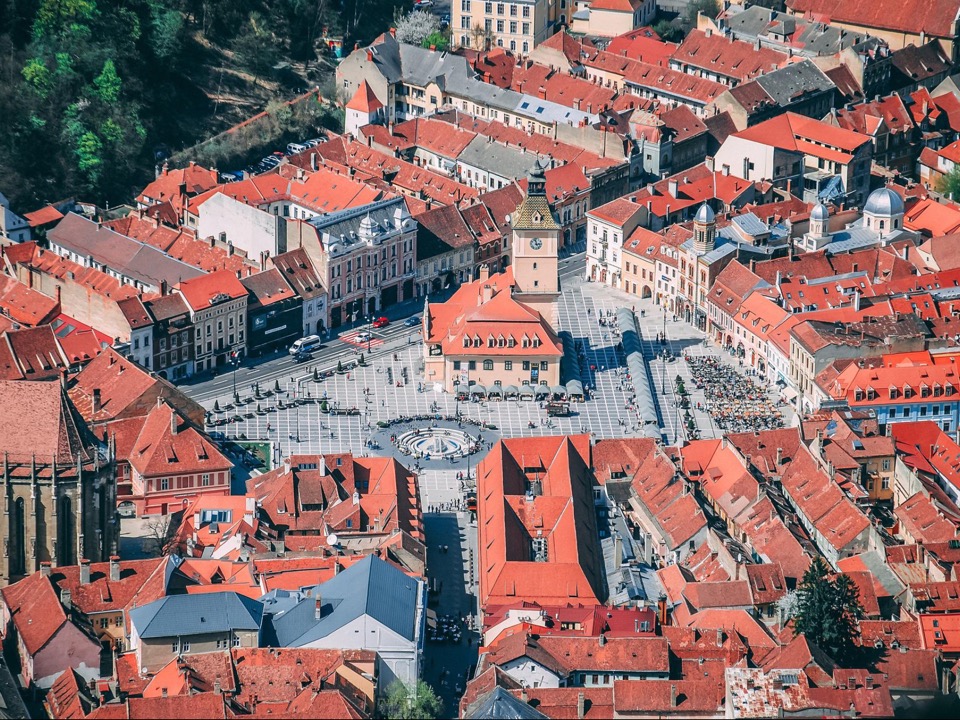
Romania
Markow began preaching in what is now Romania, establishing branches in Bucharest, Timişoara, and Braşov. However, no members were known to have remained in Romania after the 1930s.
Following the Romanian Revolution in 1989, Church leaders offered humanitarian assistance, and some in the country were drawn to the restored gospel. A branch of the Church in Bucharest was established in 1991; in less than 10 years, other branches were found in Constanța, Piteşti, Ploieşti, Arad, Timişoara, Cluj-Napoca, Oradea, Sibiu, Bacău, Braşov, Galați, and Iaşi.
Russia
The first Russian congregations were created in 1990 in St. Petersburg and Vyborg, with the country’s first stake organized in Moscow in 2011. However, the Church’s ties to Russia go back to the mid-1800s.
Joseph Smith called missionaries to Russia in 1843, Church leaders visited the country in 1866, and in 1895, the Lindlöf family joined the Church in St. Petersburg.
Serbia
Markow briefly preached in Beograd and Zrenjanin in 1899, but Eviza Arbić Vujičić was the first Latter-day Saint to settle in Serbia, moving to Beograd in 1918 after being baptized in Hungary. In part through her efforts, Matej Spaček in 1933 became the first person baptized in Serbia.
The area’s gospel roots became more firmly established in the 1970s and 1980s, thanks to Ćosić, the BYU basketball star baptized in Utah who helped spread the gospel while playing professionally in Yugoslavia. The first branch in Serbia was organized in Beograd in 1983.
Slovakia
When the Czechoslovak Mission opened on July 24, 1929, most work occurred in Czech-speaking cities. The first known Slovaks to investigate the Church came when Latter-day Saints taught “Christian yoga” classes during the Communist era, using yoga exercise as a creative way to share gospel principles. When Slovakia and the Czech Republic separated in 1993, some 20 to 30 Saints remained in Slovakia.
Peter Václav became interested in the Church after attending a yoga camp and was baptized; his wife, Hana, also joined. After the 1989 Velvet Revolution, the Václavs held the first regular Church meetings in Slovakia in their Trenčín home. On Jan. 24, 1993, the Trenčín Branch was organized, with Peter Václav as branch president.
Slovenia
Missionary work in Ljubljana — albeit unproductive — dates back to 1911. Five decades later, Maria Gruden, whose son had joined the Church abroad, accepted the gospel in 1968 and became the only Latter-day Saint in Ljubljana — essentially in faithful isolation, except for irregular trips to branch meetings in Klagenfurt, Austria, and receiving occasional visits from Church members.
Missionary work began in Yugoslavia in 1978, with missionaries not assigned to Ljubljana until 1990 and welcomed by several converts living in Slovenia. In just two years, branches were established in Ljubljana, Celje and Maribor.
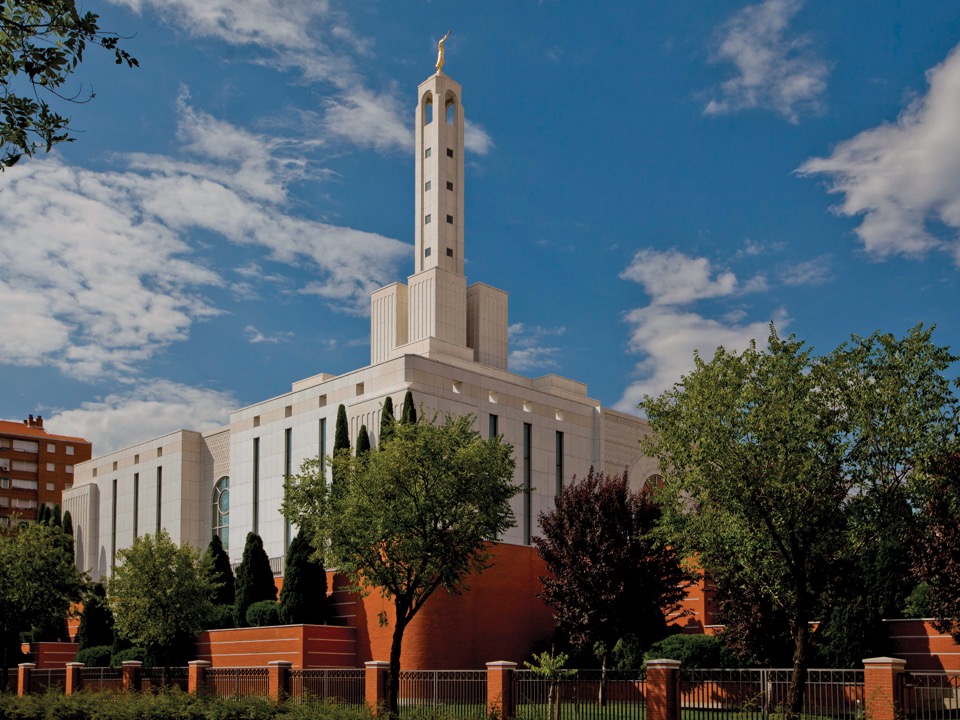
Spain
In about 1870, Melitón Trejo became the Church’s first Spanish member, emigrating to Utah and aiding in the first Spanish translation of the Book of Mormon. He later accompanied the first Church missionary expedition to enter Mexico.
The Spain Religious Liberty Law — passed in 1967 — preceded the organization of the Madrid Branch in February 1968, the official recognition of the Church in October 1968 and the country’s first mission being established in July 1970.
Sweden
John E. Forsgren, a Swedish seaman who was converted in Boston, Massachusetts, became his homeland’s first Church missionary when — after migrating to the Salt Lake Valley with other pioneers — he was assigned to Sweden. He first stopped at his hometown of Gavle in 1850, baptizing his brother Peter, who became the first to convert in Sweden. After a few more baptisms, Elder Forsgren was arrested for preaching and banished from the country.
In 1853, missionaries returned to southern Sweden and organized a congregation in Skonaback, with many new converts over the next several decades immigrating to join Latter-day Saints in the western U.S.
Switzerland
While preaching in Italy, Elder Snow sent his companion, Thomas B. H. Stenhouse, over the Alps in November 1850 to preach in Switzerland, with the first converts baptized the following March. Hundreds were baptized over the next decade, many later immigrating to Utah.
Others stayed, helping to establish a faithful Swiss foundation that would withstand two world wars in the 20th century. The city of Bern was chosen as the site of the Church’s first temple in Europe, dedicated in 1955. Swiss Saints also played key roles in the reopening of missionary work in Italy in the 1960s and later administering branches in the Middle East.
Turkey
Church leaders preaching in Turkey in 1850 recognized present-day Ephesus as the New Testament home of the Christian congregation to which Paul, Timothy and John belonged. A congregation in Turkey in 1854 consisted of British Latter-day Saint soldiers fighting in the Crimean War. And in 1884, the Church established the Turkish Mission; in 1887, Markow, then living in Istanbul, joined the Church, later preaching the gospel across central and eastern Europe.
More recently the Church has organized a number of new congregations in Turkey, beginning with one in Ankara in October 1979.
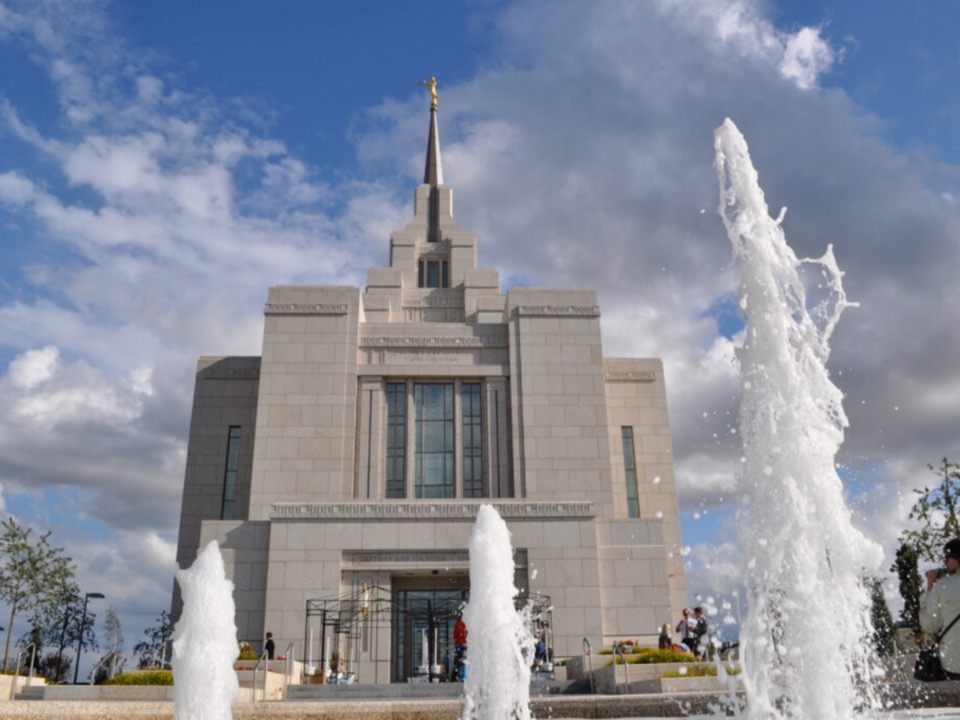
Ukraine
The first missionaries arrived in the capital city of Kyiv in October 1990, with a small branch of Ukrainian Latter-day Saints beginning to gather in a rented hall there by 1991.
Membership expanded throughout Ukraine, with branches established in nearly every major city across the country. The Church’s first stake in eastern Europe was organized in Kyiv in 2004. And 20 years after the arrival of missionaries in the country, the Kyiv Ukraine Temple was dedicated in August 2010.
United Kingdom
The first group of seven missionaries arrived in England on July 19, 1837, preached in Preston on July 23 and held a baptism on July 30 for nine converts in front of a curious crowd of 8,000. The following week, another 50 were baptized, the start of more than a thousand converts in the first few years.
Between 1837 and the turn of the century, some 100,000 converts emigrated to join the main body of the Church in the U.S., with nearly half of Utah’s population in 1870 being British immigrants. Missionary work in the United Kingdom survived the setbacks of two world wars, with membership in the 1950s increasing as Church leaders encouraged new members to help build the Church in their native lands.
Copyright 2022 Deseret News Publishing Company.